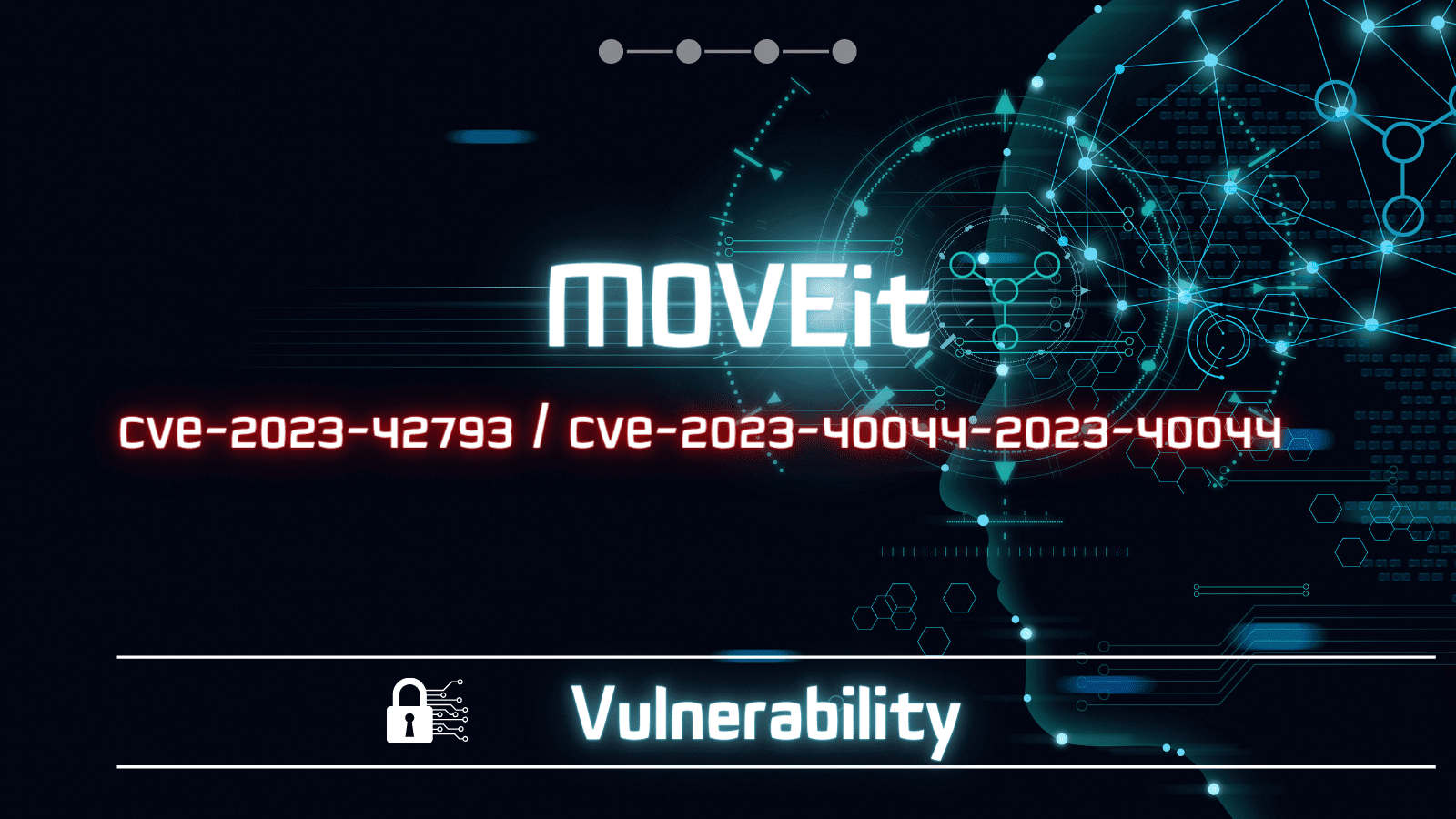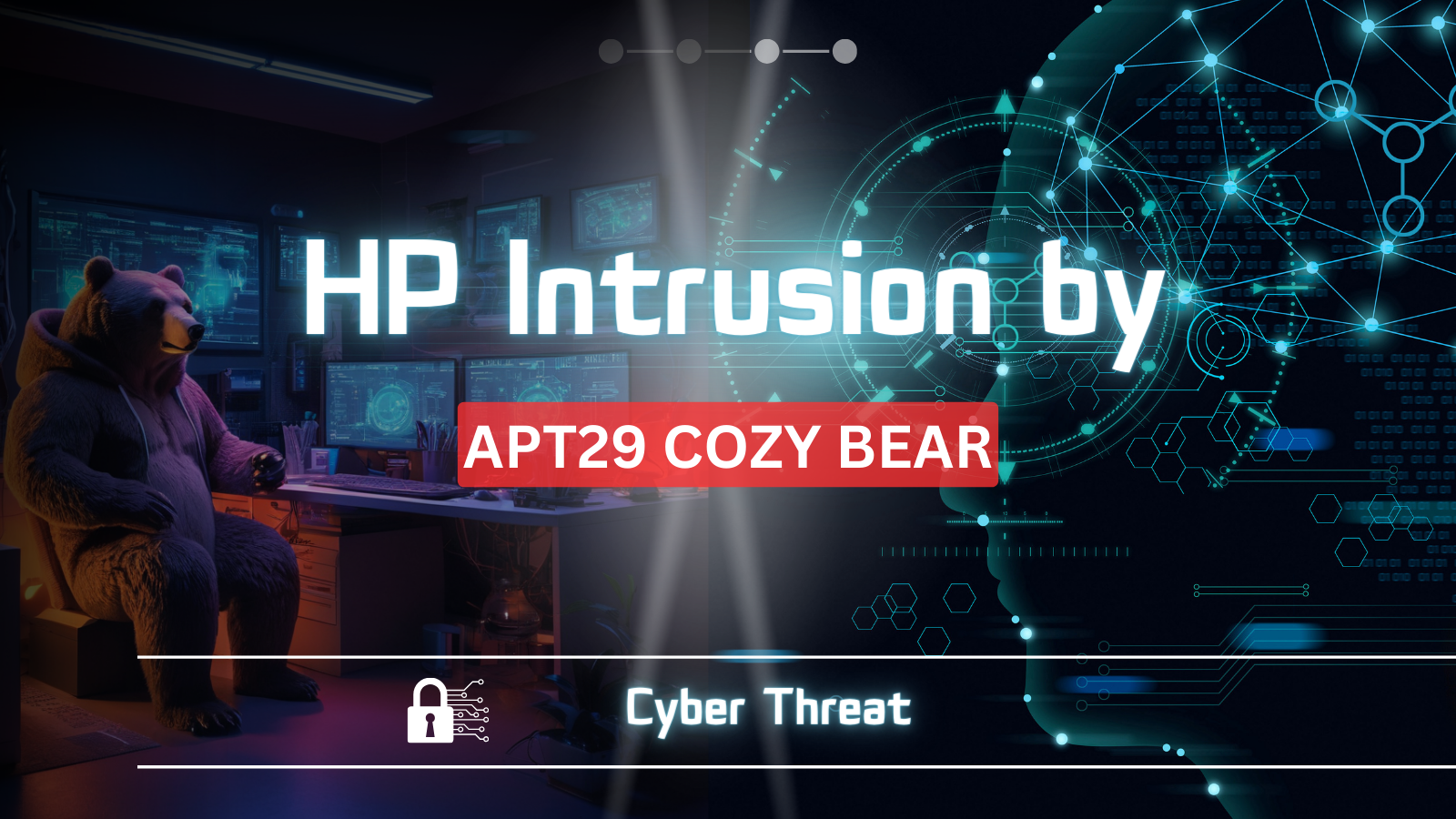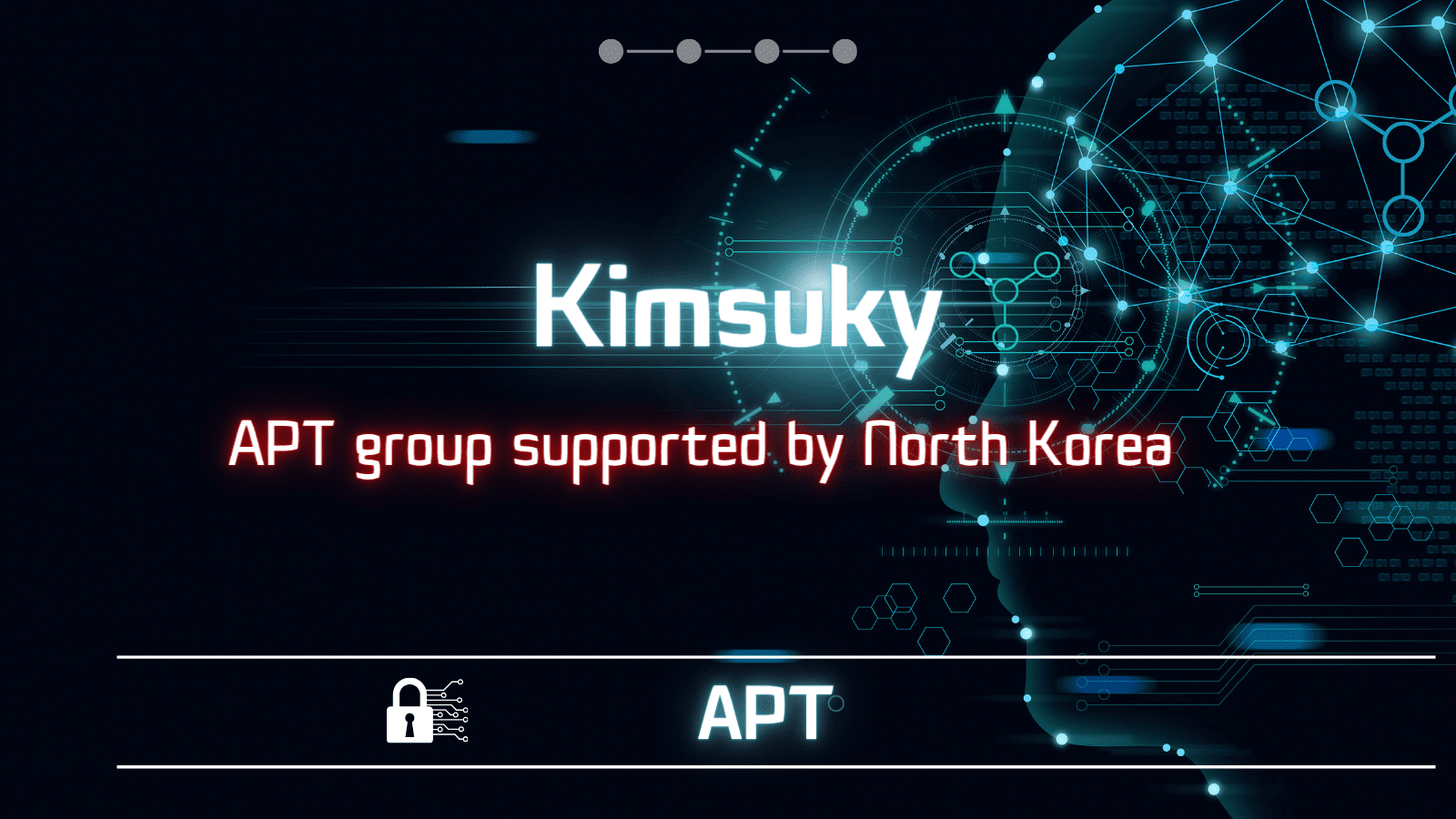
Defending Against Cyber Threats: A Comprehensive Guide
In an ever-evolving landscape of cyber threats, staying ahead of malicious actors is crucial. Recently, we’ve witnessed an alarming surge in ransomware attacks targeting MOVEit corporate networks. Ransomware groups have turned their attention to exploiting two critical vulnerabilities: CVE-2023-42793 and CVE-2023-40044. These vulnerabilities have left organizations vulnerable to breaches, data theft, and extortion. In this comprehensive article, we delve deep into the world of cyber threats, examining these vulnerabilities, their implications, and how organizations can bolster their defenses.
Understanding the Vulnerabilities
MOVEit CVE-2023-42793: A Gateway to Chaos
CVE-2023-42793 is an authentication bypass and remote code execution (RCE) vulnerability, posing a severe threat to JetBrains TeamCity CI/CD servers. By exploiting this vulnerability, threat actors can gain full control over these critical servers. After infiltrating the development pipeline, they can seamlessly pivot to other resources within a company’s internal or cloud network. Consequently, the implications become dire, as ransomware gangs have the potential to wreak havoc, inflicting extensive damage.
CVE-2023-40044: The WS_FTP Nightmare
However, let’s redirect our attention to CVE-2023-40044, a vulnerability associated with remote code execution that impacts the extensively utilized WS_FTP file-transfer application developed by Progress Software. Furthermore, it’s worth noting that this very same company is responsible for the creation of the MOVEit file-sharing service, which, over the course of the past year, fell victim to significant exploitation by the Clop gang, resulting in detrimental consequences for over 2,000 organizations. What adds to the alarm surrounding this vulnerability is its sheer simplicity—it can be effortlessly exploited with a single HTTPS POST request.
The Unfortunate Catalyst: MOVEit Proof-of-Concept Code
The Weekend That Unleashed Chaos
The MOVEit exploitation of these vulnerabilities began over a fateful weekend when proof-of-concept code was published online for both CVE-2023-42793 and CVE-2023-40044. This marked the starting point for a series of malicious attacks that would have severe consequences.
Indeed, there have been reports of attacks against TeamCity servers vulnerabilities by Prodaft. Similarly, WS_FTP servers have fallen victim to assaults launched by Huntress, Rapid7, and Kevin BeaumontThe cybersecurity community was thrust into action as organizations scrambled to protect their digital assets from these relentless adversaries.
FAQs: Navigating the World of Ransomware MOVEit Exploits
- What exactly is MOVEit CVE-2023-42793?CVE-2023-42793 is an authentication bypass and remote code execution vulnerability that primarily targets JetBrains TeamCity CI/CD servers. It allows threat actors to gain control of these servers and potentially infiltrate an organization’s network.
- Elucidate CVE-2023-40044 in simpler terms. Certainly! CVE-2023-40044 is a remote code execution vulnerability that exploits WS_FTP, a file-transfer application. This vulnerability enables attackers to execute malicious code with a single HTTPS POST request.
- How can organizations defend against these vulnerabilities? Organizations should promptly patch their affected software and implement security measures like firewalls, intrusion detection systems, and access controls.
- Are there any signs of compromise to look out for? Yes, common signs include unusual network activity, unexpected system behavior, and unauthorized access. Monitoring for these indicators can help detect breaches early.
- Is paying the ransom a viable option? We strongly discourage paying ransoms, as they fund criminal activities and offer no guarantee of data recovery.
Protecting Your Organization: A Call to Action
Strengthening Cybersecurity Posture
The threat landscape is constantly evolving, and the recent exploitation of MOVEit CVE-2023-42793 and CVE-2023-40044 highlights the importance of proactive cybersecurity measures. Here’s what you can do to protect your organization:
- Patch Promptly: Ensure that your software is up to date with the latest security patches to mitigate vulnerabilities.
- Implement Strong Access Controls: Restrict access to critical systems and data to authorized personnel only.
- Invest in Cybersecurity Training: Educate your employees on cybersecurity best practices to reduce the risk of social engineering attacks.
- Regularly Monitor Networks: Keep a vigilant eye on your network for any signs of unusual activity or unauthorized access.
- Backup and Recovery: Regularly backup critical data and develop a robust recovery plan to minimize the impact of potential attacks.
Emerging cybersecurity threats
Unlike previous vulnerabilities that impacted enterprise gear, these ones are in products that aren’t so widely used—when compared to the likes of Citrix, Cisco, Fortinet, or VMWare products.
According to reports, there are roughly 1,200 TeamCity servers and from 550 to 4,300 WS_FTP servers connected to the internet.
Some security experts have said the numbers are too small to make threat actors care about the vulnerabilities since there are more abundant targets online that can be exploited; however, the recent attacks show the contrary.
The reality is that easy money is still easy money, especially for ransomware gangs after free exploits landed in their laps last week.
Conclusion: Vigilance is Our Shield
In an era where digital threats loom large, organizations must remain vigilant. The exploitation of CVE-2023-42793 and CVE-2023-40044 serves as a stark reminder that cyber threats are constantly evolving, and their consequences can be devastating. By staying informed and taking proactive cybersecurity measures, we can fortify our defenses and protect our digital assets from ransomware groups and other malicious actors.
Remember, cybersecurity is an ongoing battle, and it’s one we must fight with determination and resilience. Together, we can safeguard our digital future.
Visit Here: Protect Your Organization

